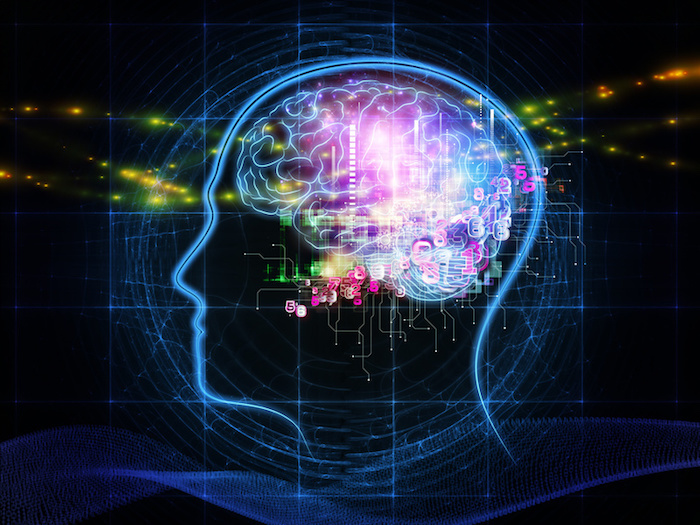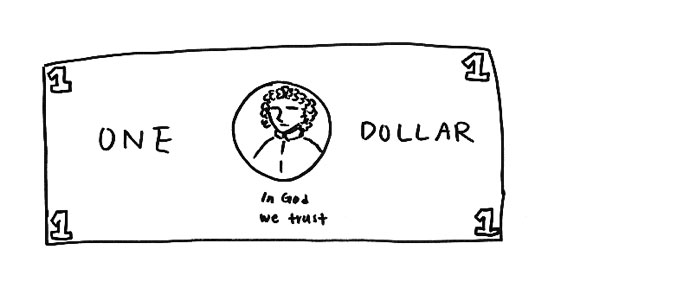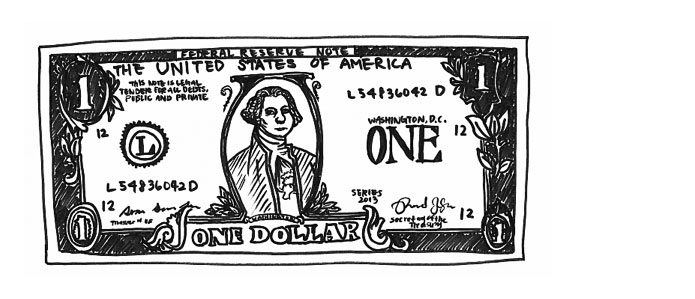Scientists again "puzzled": Is it possible to upgrade the brain and what to expect from it

/ photo A Health Blog CC
The idea that a person uses only 10% of the capacity of his brain in daily activities sounds tempting and forces the uninitiated ordinary people to go in search of a magical means to awaken hidden intellectual reserves.
')
But having swallowed nootropics, after spending hours at developing games and not feeling Eddie Morr , people come to the conclusion that the idea is still a myth . Significantly "overclock" the brain will not work. But what will happen if you upgrade it, and is it worth it at all to invent?
Scientists have not yet succeeded in transplanting the brain or its parts, but they have something to boast about in the field of transmission of nerve impulses. In 2013, they established a link between the brains of two laboratory rats, one of which knew how to pull the lever for a reward, while the other did not.
Having recorded the electrical signal of the motor cortex of the first rat, the scientists stimulated the same brain area in the second one with its help. Stimulation led to the fact that the second rat began to pull the lever, although it had not previously been trained in this and was at a great distance from the first rat.
In 2014, the brain of a patient suffering from amyotrophic lateral sclerosis was literally connected to a Nexus 9 tablet using the BrainGate system. Doctors connected the array of 100 electrodes to the part of the left hemisphere of the brain responsible for movement.
Due to this, a paralyzed woman can move the cursor around the screen and make clicks with a “virtual finger”, which allows her to almost fully use the tablet. The BrainGate interface is connected to the Nexus 9 using Bluetooth and is defined as a mouse. The developers are currently trying to realize the possibilities of multitouch.
Brain-computer: the wildest assumptions of scientists
Ray Kurzweil predicts that by 2030, nanorobots, interacting with the cerebral cortex, will be able to connect our consciousness to the Internet, and human intelligence will be complemented by an artificial assistant, which will add to our "divine" capabilities.
In addition to enhancing intelligence, Kurzweil promises that technology will help develop the creative and emotional component of a person. According to him, nanorobots can be made by DNA origami. Scientists have learned to create various structures from DNA, including those capable of movement. Example: DNA machine moving on "carbon wheels."
Futurologist Mikhail Anisimov believes that science needs to go through three steps before the creation of supermind becomes possible. First you need to learn how to connect the human brain to external sources of information. Figuratively speaking, “open access to Google” at the telepathic level.
After that, you should connect with the computer the visual cortex. This will open up new possibilities for visualization, will significantly develop spatial thinking. A person will be able to instantly imagine, for example, a scheme in the smallest detail and, of course, keep it in long-term memory.
By creating similar interfaces with other parts of the brain, one can develop tactile sensations, hearing and other sensory organs. Finally, you do not have to get the gadget and run Shazam when playing a cool song - its name will be understood on an intuitive level.
The final stage is to create a connection with the prefrontal cortex, which is responsible for visualizing complex patterns and plans, differentiating conflicting thoughts and conceptual interpretation of information from the senses.
Analytical and intellectual abilities of individuals with computerized prefrontal cortex will be truly impressive - they will be able to make accurate predictions based on available data, invent technologies beyond the comprehension of an ordinary person, and perhaps even control other people's minds.
Harsh reality
But not all scientists share such a positive view and do not believe that the exchange of information between the brain and the computer is possible. Robert Epstein - a senior research psychologist at the American Institute for Behavioral Research and Technology, based in California, denies that the brain works on the same principles as a computer.
People have always tried to find an explanation for the work of our consciousness and intellect. The most ancient justification is a religious one: God created man from clay and instilled in him his spirit, which is consciousness.
In the 3rd century BC, it was suggested that intelligence is caused by the flow of fluids in the body. At that time, hydraulic engineering was the height of technical thought, therefore the interpretation of the work of consciousness was based on its base.
In the 1500s AD, the brain was compared to a mechanism consisting of moving gears, and in the 1800s - with a telegraph. It turns out that at all times, people tried to describe the work of the brain using the most advanced available technology.
It is not surprising that by the 1960s, a theory of the functioning of the human brain in the manner of a computer was formed, which is currently dominant. According to it, the human brain receives information, processes it and stores it in memory for later retrieval.
The theory is based on two objective prerequisites:
- Computers can behave intelligently;
- Computers - information processors.
However, according to Epstein, scientists make on their basis the erroneous conclusion that everything that can behave rationally is an information processor, including people. If a person was an information processor, he could store in his memory, for example, all the pictures he saw and reproduce them up to the smallest detail.
Epstein likes to conduct the following experiment. He asks the student to draw a dollar bill "from memory" on the blackboard. After that, he closes the resulting image and invites the student to draw notes from life. Both pictures are compared, and it becomes clear that the first picture is much less detailed than the second one.

Figure dollar bills, made “by memory”

Drawing dollar bill from life
Why can't a student learn from his memory what a dollar looks like? Because it is simply not there. When we see something for the first time, changes occur in our brain, allowing us to experience and visualize what we see. When we hear something, our brain also changes in such a way that we can experience and interpret what we hear.
How exactly the structure of the brain changes, none of the scientists can not say. Each person is characterized by an absolutely unique set of neurons in the brain, sometimes called brain fingerprints . Every event in his life changes this set in an unknown way.
Thus, in order to “acquaint” the brain with a computer, it is necessary to learn the language of the brain, consisting of unpredictable combinations of billions of neurons, trillions of connections between them, and a multitude of states of more than 1000 proteins that provide these connections. All these characteristics are individual for each person, and they must be interpreted in a form understandable for a computer.
It is necessary to connect millions of electrodes to the brain, and it’s not a fact that they can be used to decode brain information. Recall that in a patient using BrainGate, only 100 electrodes are present in the brain, and the maximum number of channels connected to the brain today is 1000.
It hinders the development of technology and the ethical side of the issue. Intervention in the brain from the outside carries a huge risk of side effects such as cramps and insanity. To reduce these risks, it is necessary to build a detailed virtual model of the brain, which, according to Mikhail Anisimov, will be possible no earlier than the 2080s, if at all, since, according to Dr. Epstein, the brain model has no practical use without the human body. In addition, to interpret the state of the human brain, it is necessary to know the entire history of his life, down to the smallest details.
There are already precedents for such studies, however, unsuccessful. Henry Markram planned to create a complete brain topology using a supercomputer by 2023. His project was funded by the European Union in the amount of 1.3 billion dollars, but soon after the start, the project was closed because of its “brainwash”.

Satisfied Eddie Morr in the Fields of Darkness movie
And what can be done today to become smarter? Almost nothing. Nootropics do not make us smarter - they only increase the secretion of neurotransmitters, which leads to increased motivation and more intensive expenditure of energy. Developing games and reading don't actually make us smarter — they only teach us new skills and knowledge. But is it bad?
As the president of the international intelligence research community, Richard Heyer, says : “If a working“ panacea for the mind ”were on the market, then I would be the first to run after it.
A couple of additional materials from our blog:
Source: https://habr.com/ru/post/305668/
All Articles